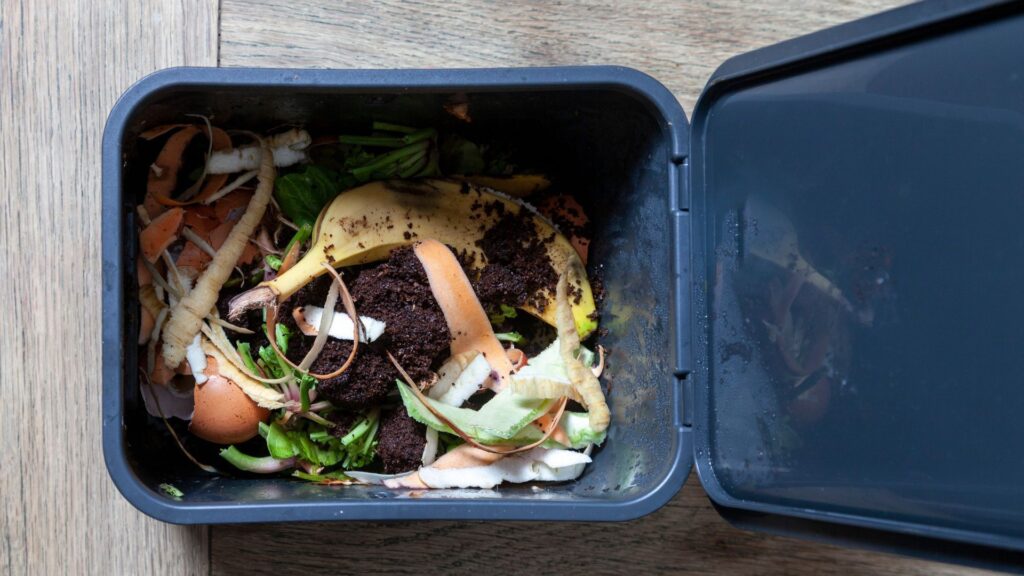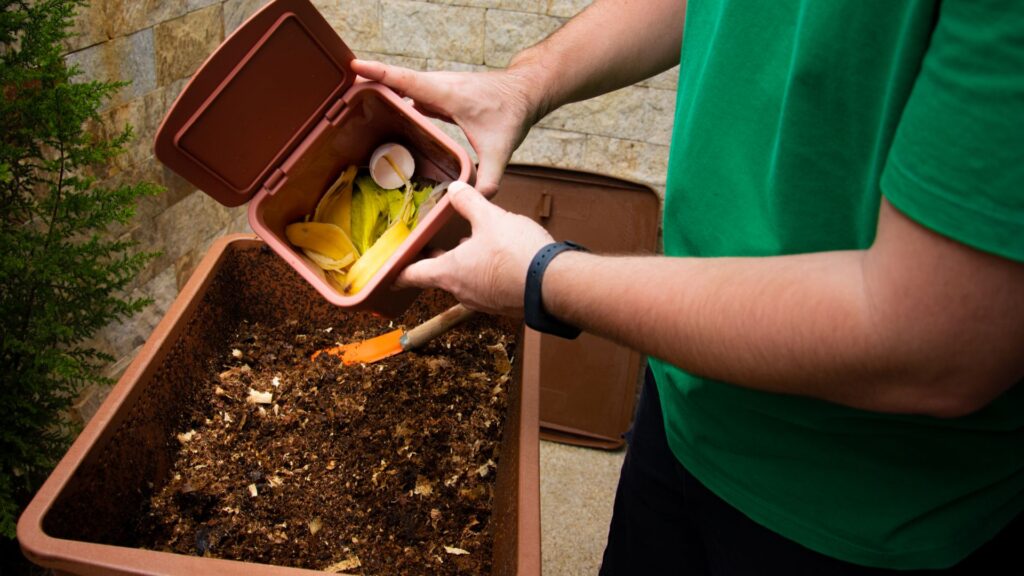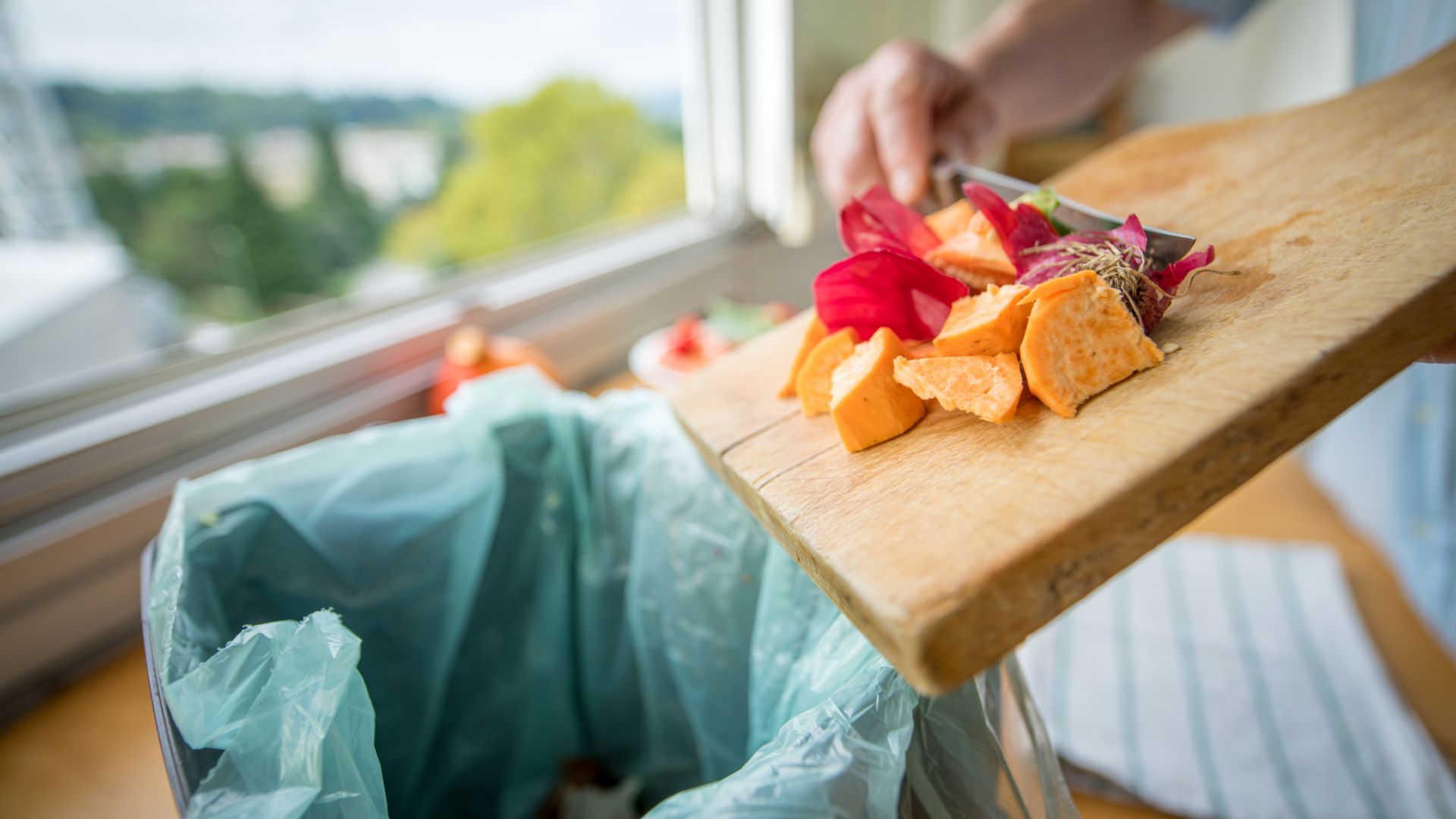Are you fed up with your overflowing bins, do you want to make an effort for the planet but you are not (yet) the proud owner of a 5 hectare garden? No problem, here are our tips for composting in an apartment.
We are beginning to know that our waste weighs heavily in the race against global warming in which humanity is engaged. According to the Ecological Transition Agency (ADEME), we produce an average of 39 million tonnes of household and similar waste each year (households, recycling centers, traders), also called residual household waste (OMR). On average, a French person produces 525 kg of waste per year. This will give you an idea of the weight of our bins.
However, in France – and more generally in Europe – most of our waste is still buried in landfills or burned in incinerators, which are real super polluters of CO2. If we want to reduce our volume of waste, there is a solution: we must throw away less — or throw away better. Organic or biological waste (so-called “green”) is not intended to be thrown into our bins. They are the raw material for our plants. By composting them, you can reduce your trash by at least a third.
Start simple
You can equip yourself with a composter (with or without worms) easily found in stores. But you can also make one yourself. To start your compost, start by getting a bin, a flower pot or any other container large enough to dispose of the waste from your next meals. We recommend that you put soil and dry matter (dead leaves, bark, twigs, straw, etc.). Important: remember to pierce the bottom if it is not already done and to put a saucer underneath. And that’s all !
To store it, we recommend a place sheltered from the sun and humidity. Without a garden, you have to be cunning. Obviously, if you have a terrace, it’s always better. You can opt for a simple pile, delimited by wooden planks in which you can throw your waste. But, even without an exterior, it is possible to compost. Just a flower pot covered with a lid, placed on a window sill, works very well.
Save your toilet paper rolls!
In order for matter to decompose, three components must be brought together:
- nitrogen
- carbon
- oxygen.
Nothing could be simpler for nitrogen, your organic waste (fruit and vegetable peels, weeds, coffee grounds, bread, bark, etc.) are full of it. For carbon, additional material must be added. Newsprint, tissues, cardboard toilet paper, egg cartons or paper towel rolls are fine. For oxygen, remember to stir your compost from time to time to aerate it sufficiently and you’re done.

Control humidity
“Yeah but compost, it stinks and it attracts fliess”: don’t panic, if you follow a few tips, there’s no reason to be invaded. What attracts insects is sugar and moisture. As soon as you throw away waste (especially very sweet fruit), remember to cover it immediately with dry matter. It will decompose quietly away from the flies. Overall, remember to balance dry and wet matter intake. And if you notice an excess of humidity, stop depositing your waste there for a few days. It is better to throw some organic waste in the trash than to miss your compost. If, on the contrary, it is too dry, water it lightly.
Avoid meat and fish
It is technically possible to put meat or fish in your compost. But it’s a delicate balance that requires experience. In an apartment, you quickly risk finding yourself invaded by flies and stubborn odors that are difficult to regulate. Thus, we recommend that you settle for organic fruits, vegetables and other kitchen waste to avoid any problems.

Feed your plants
A compost is “mature” when it takes on a dark color, has a fine and crumbly texture, a bit like fine black sand that is pleasant to the touch. If the operation went without a hitch, you should no longer distinguish the original waste. The smell is quite close to what you can smell in the forest, an earthy smell. You can then mix it with the soil of your indoor plants or those you have placed on the balcony.
Collective play
You are motivated, but you don’t want to play it solo? You can also opt for composting shared between neighbours. For this, you need a semi-shaded and easily accessible place. Then you need 2 bins: one for composting, one for dry matter. Thus, each time a neighbor deposits his organic waste, a handful of dry matter on top and you’re done. The advantage is that the more the inputs are diversified, the better the compost will be. The downside is that everyone has to play along and your trustee or landlord approves.

Collection places
Finally, if you have trouble convincing your neighbours, and you don’t want or don’t have the possibility of storing your waste at home, you can also drop off your compost at a collection point set up in your municipality. Most local authorities now offer these collection points. Check with your metropolis or municipality to find out their locations.
You can see that there are many methods for composting in an apartment. It’s up to you to choose the most appropriate solution!
Subscribe for free to Artificials, our AI newsletter, designed by AIs, verified by Numerama!
